Jingdezhen is known in the world as the Porcelain Capital as it has been producing pottery for 1,700 years. In the Ming and Qing dynasties, Jingdezhen exported a huge amount of porcelains to Europe.
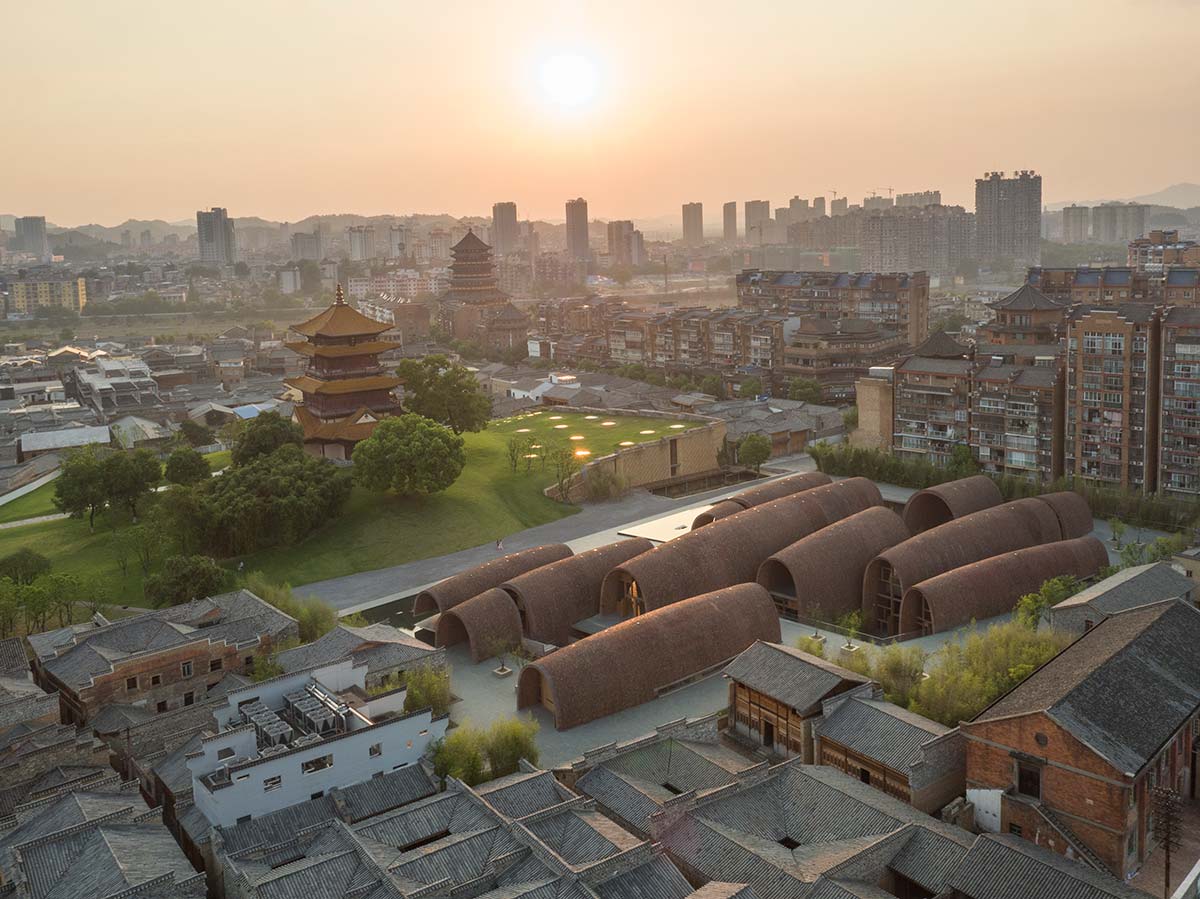
Located in the center of the historical area, the site of the Museum is adjacent to the Imperial Kiln ruins surrounding many ancient kiln complexes. The Imperial Kiln Museum comprises more than half a dozen brick vaults based on the traditional form of the kiln, each of the vaults is of a different size, curvature, and length. They are carefully integrated with many existing ruins, including a few that were found after construction.

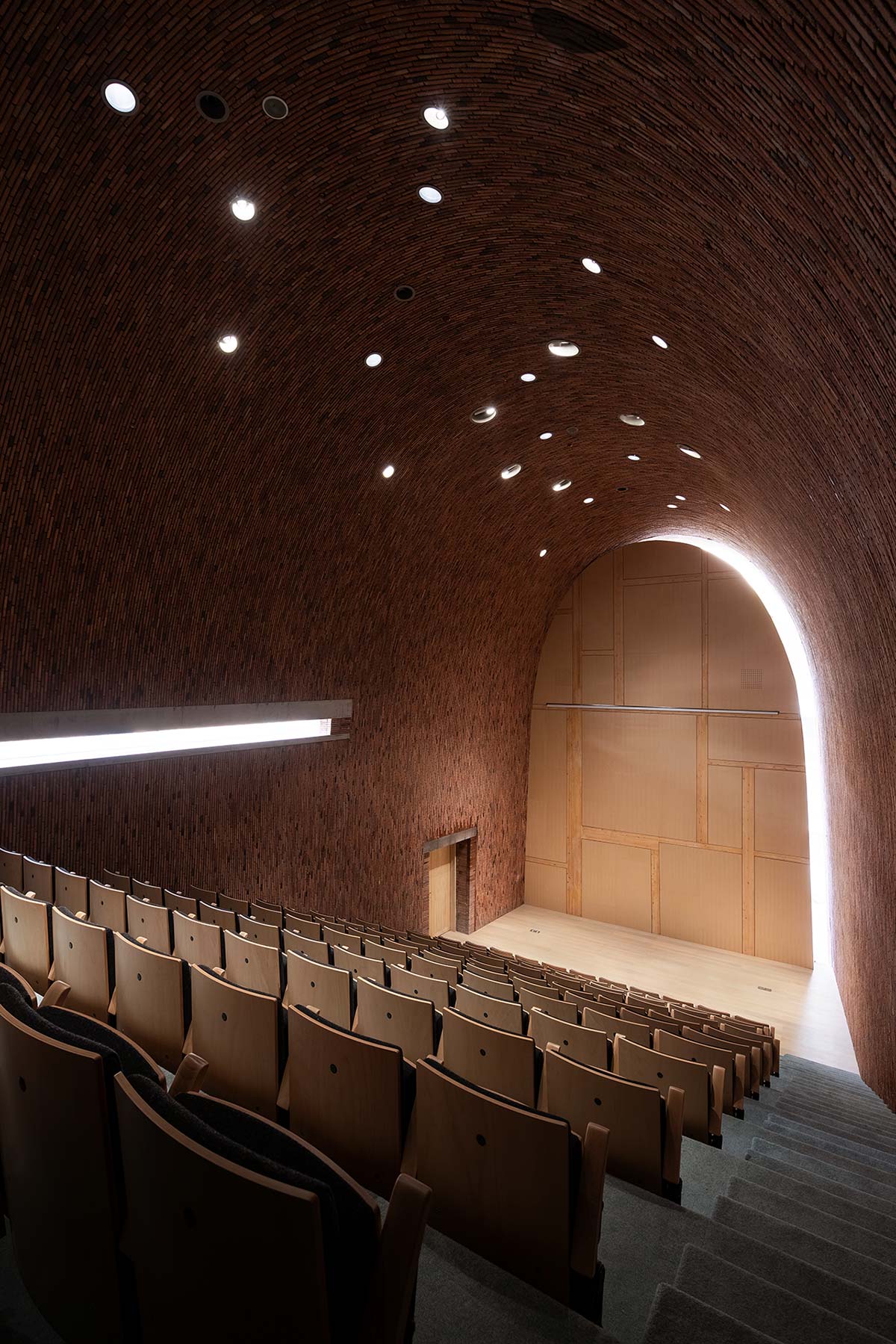
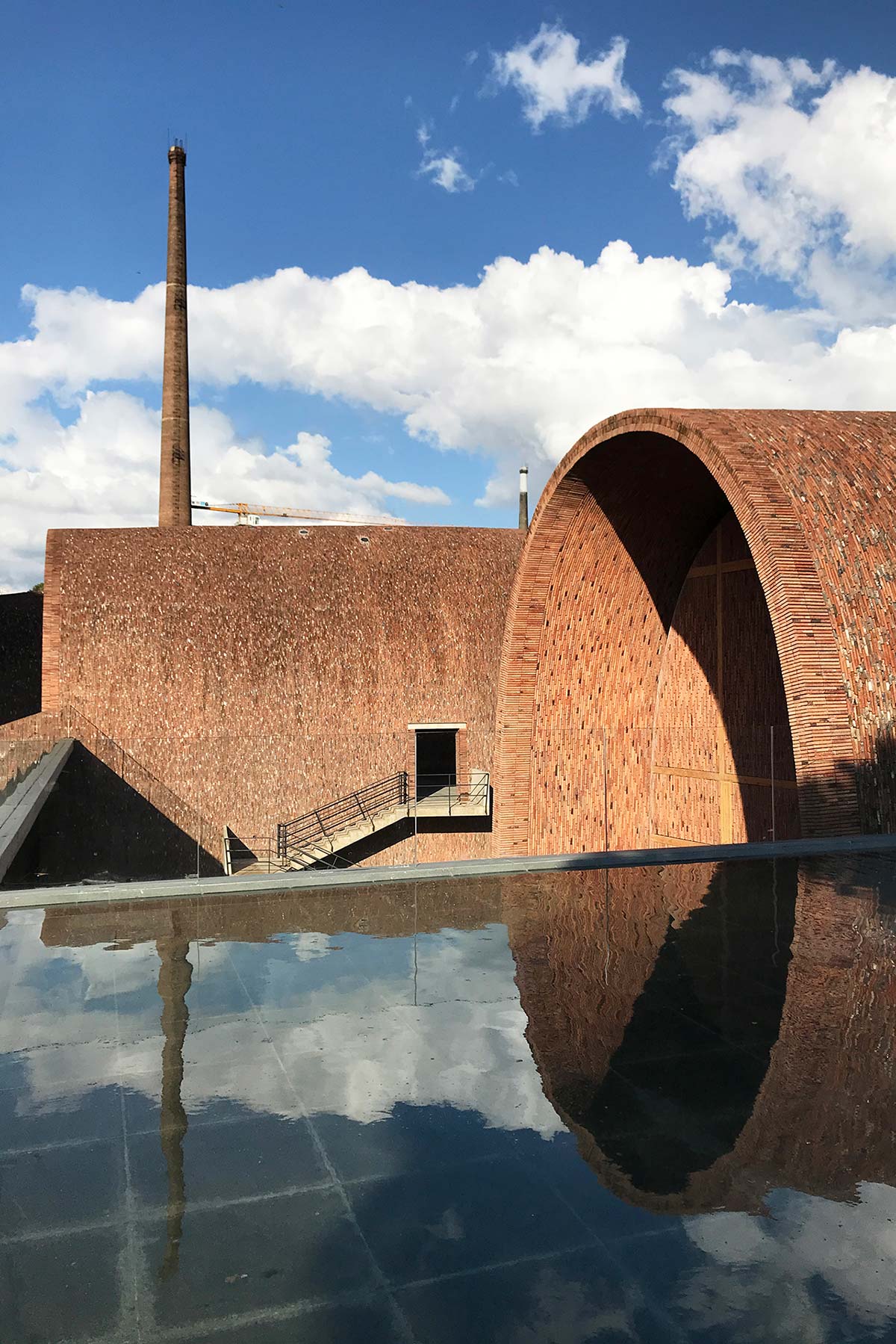
The arched structures of the museum, like old kilns, reach below the level of the street to not only adapt itself to the complicated site, but also to achieve the scale of more intimate open vaults, and courtyards within the museum. Five sunken courtyards varied in size have a different theme: gold, wood, water, fire, soil. Those five themes not only reflect old Chinese thinking about the earth but also associate with porcelain making techniques.
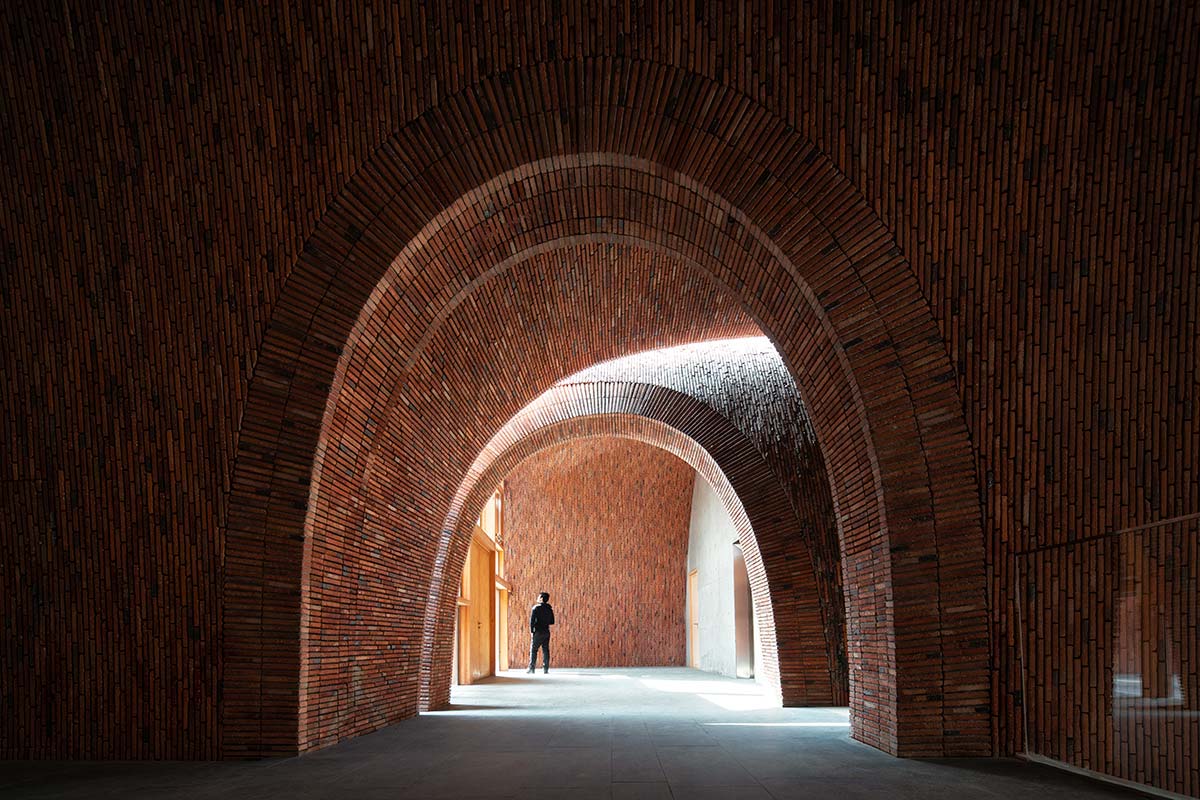
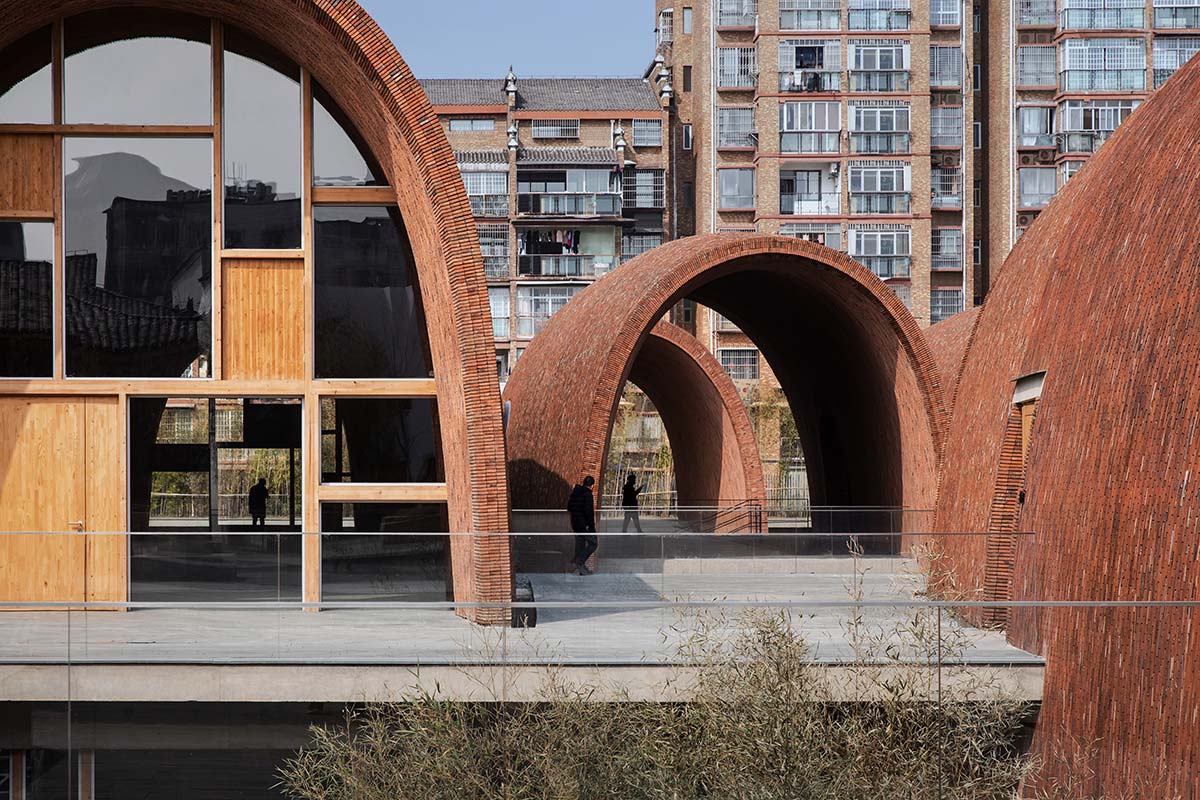
Photography by schranimage, Tian Fangfang, Zhang Qinquan, courtesy of Studio Zhu-Pei









